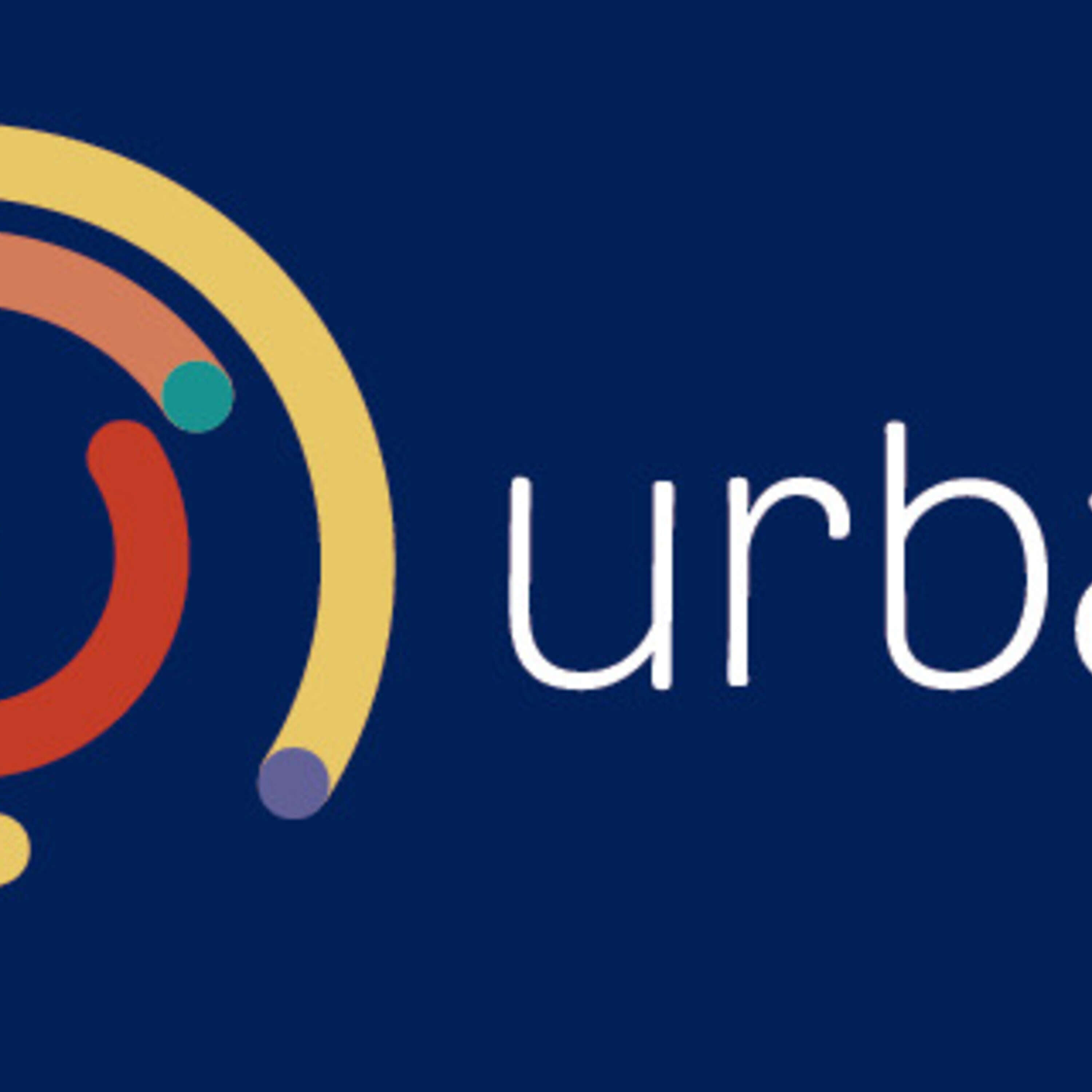- After-Shows
- Alternative
- Animals
- Animation
- Arts
- Astronomy
- Automotive
- Aviation
- Baseball
- Basketball
- Beauty
- Books
- Buddhism
- Business
- Careers
- Chemistry
- Christianity
- Climate
- Comedy
- Commentary
- Courses
- Crafts
- Cricket
- Cryptocurrency
- Culture
- Daily
- Design
- Documentary
- Drama
- Earth
- Education
- Entertainment
- Entrepreneurship
- Family
- Fantasy
- Fashion
- Fiction
- Film
- Fitness
- Food
- Football
- Games
- Garden
- Golf
- Government
- Health
- Hinduism
- History
- Hobbies
- Hockey
- Home
- How-To
- Improv
- Interviews
- Investing
- Islam
- Journals
- Judaism
- Kids
- Language
- Learning
- Leisure
- Life
- Management
- Manga
- Marketing
- Mathematics
- Medicine
- Mental
- Music
- Natural
- Nature
- News
- Non-Profit
- Nutrition
- Parenting
- Performing
- Personal
- Pets
- Philosophy
- Physics
- Places
- Politics
- Relationships
- Religion
- Reviews
- Role-Playing
- Rugby
- Running
- Science
- Self-Improvement
- Sexuality
- Soccer
- Social
- Society
- Spirituality
- Sports
- Stand-Up
- Stories
- Swimming
- TV
- Tabletop
- Technology
- Tennis
- Travel
- True Crime
- Episode-Games
- Visual
- Volleyball
- Weather
- Wilderness
- Wrestling
- Other
Artificial Neural Networks (ANNs)
In the vast and rapidly evolving landscape of Artificial Intelligence (AI), Artificial Neural Networks (ANNs) emerge as a foundational pillar. Echoing the intricate neural structures of the human brain, ANNs translate the complexities of biological cognition into a digital paradigm, driving unparalleled advancements in machine learning and problem-solving.1. Inspiration from BiologyThe central idea of ANNs traces its roots to our understanding of the biological neural networks. Neurons, the fundamental units of the brain, communicate by transmitting electrical and chemical signals. In an ANN, these biological neurons are symbolized by nodes or artificial neurons. Much like their biological counterparts, these nodes receive, process, and transmit information, enabling the network to learn and adapt.2. Anatomy of ANNsAn ANN is typically organized into layers: an input layer where data is introduced, multiple hidden layers where computations and transformations occur, and an output layer that produces the final result or prediction. Connections between these nodes, analogous to synaptic weights in the brain, are adjusted during the learning process, allowing the network to refine its predictions over time.3. The Learning MechanismANNs are not innately intelligent. Their prowess stems from exposure to data and iterative refinement. During the training phase, the network is presented with input data and corresponding desired outputs. Using algorithms, the network adjusts its internal weights to minimize the difference between its predictions and the actual outcomes. Over multiple iterations, the ANN improves its accuracy, essentially "learning" from the data.4. Diverse ApplicationsThe adaptability of ANNs has led to their adoption in an array of applications. From recognizing handwritten digits and processing natural language to predicting stock market trends, ANNs have showcased remarkable versatility. Advanced variants, like Convolutional Neural Networks (CNNs) and Recurrent Neural Networks (RNNs), specialize in processing images and time-sequential data, respectively, further broadening the scope of ANNs.5. Challenges AheadWhile ANNs offer tremendous potential, they aren't devoid of challenges. The high computational demand, the need for vast data sets for training, and their often "black-box" nature, where decision-making processes remain opaque, are significant concerns. Researchers are striving to design more efficient, transparent, and ethical ANNs, ensuring their responsible deployment in critical sectors.In essence, Artificial Neural Networks epitomize the synergy between biology and computational science, offering a glimpse into the potential of machines that can think, learn, and adapt. As we forge ahead in the AI era, ANNs will undoubtedly remain central, compelling us to continuously probe, understand, and refine these digital replications of the brain's intricate web.<br/><br/>Kind regards by Schneppat AI & GPT-5







